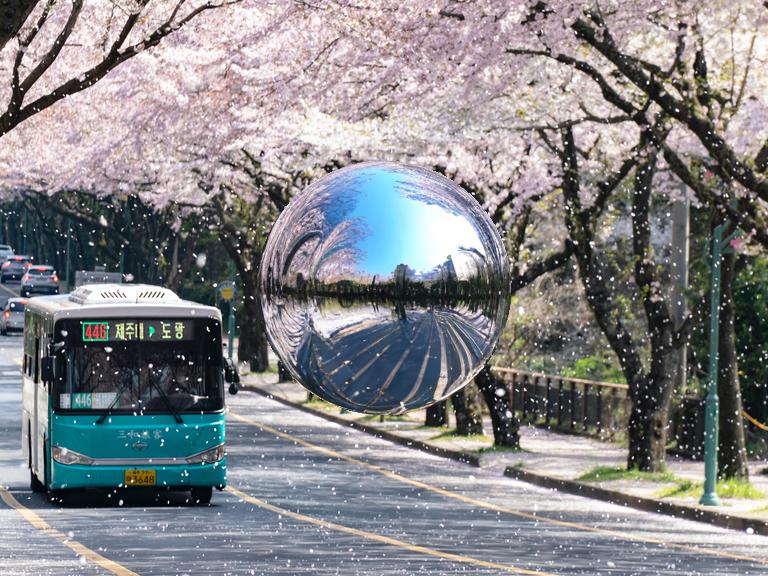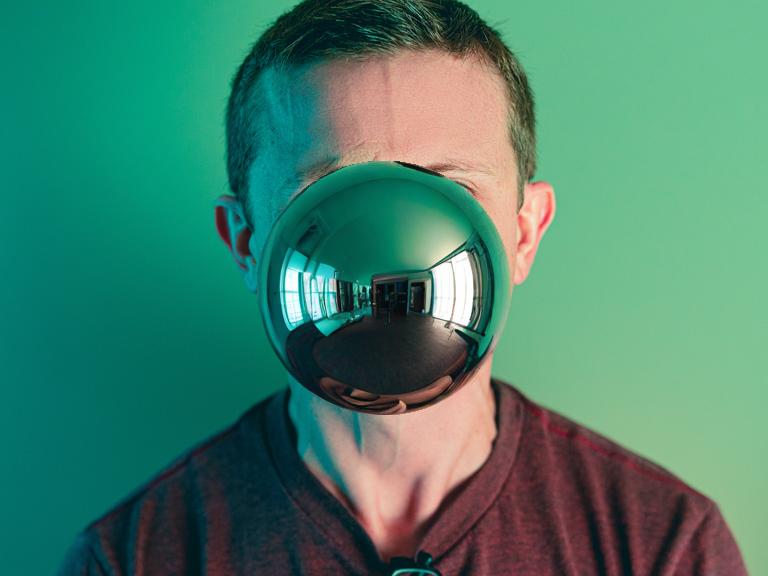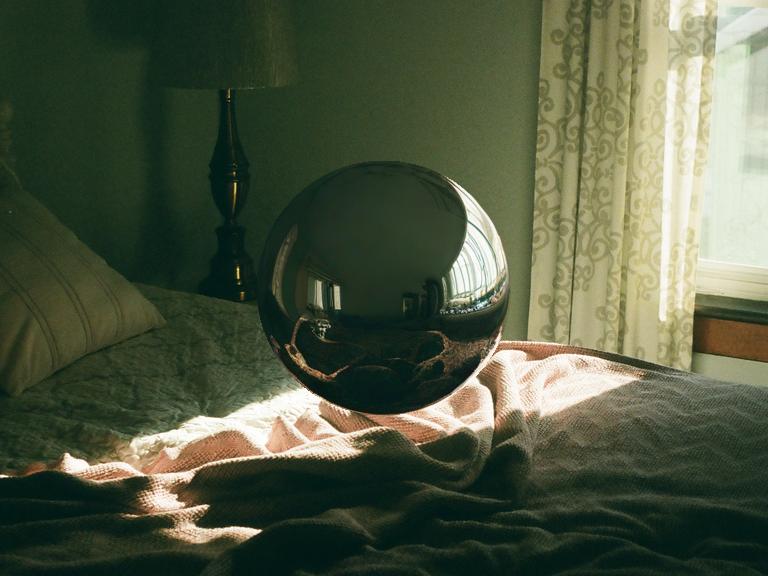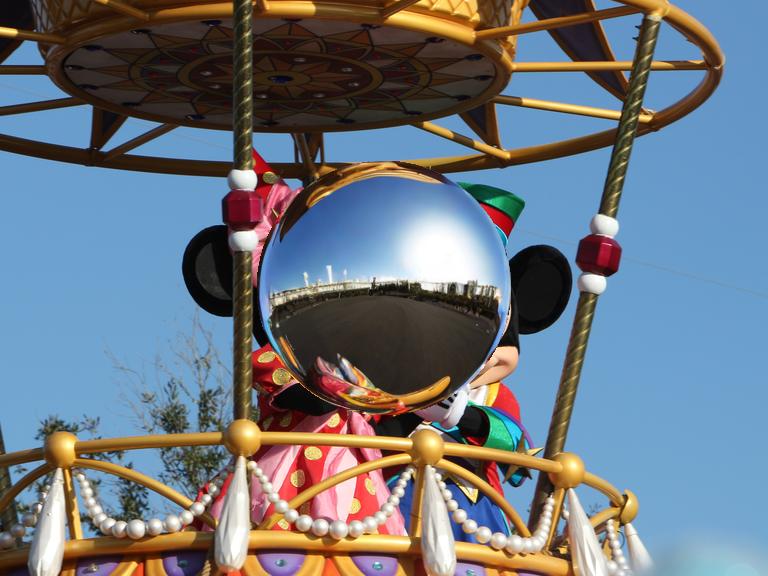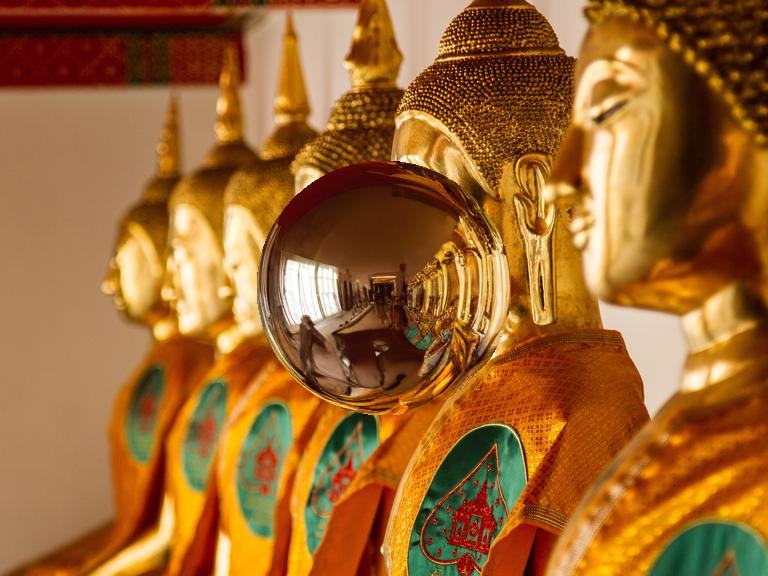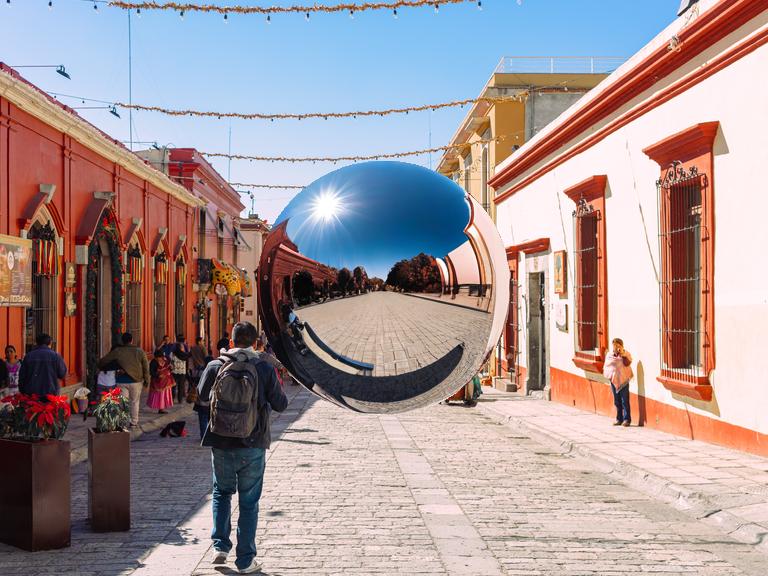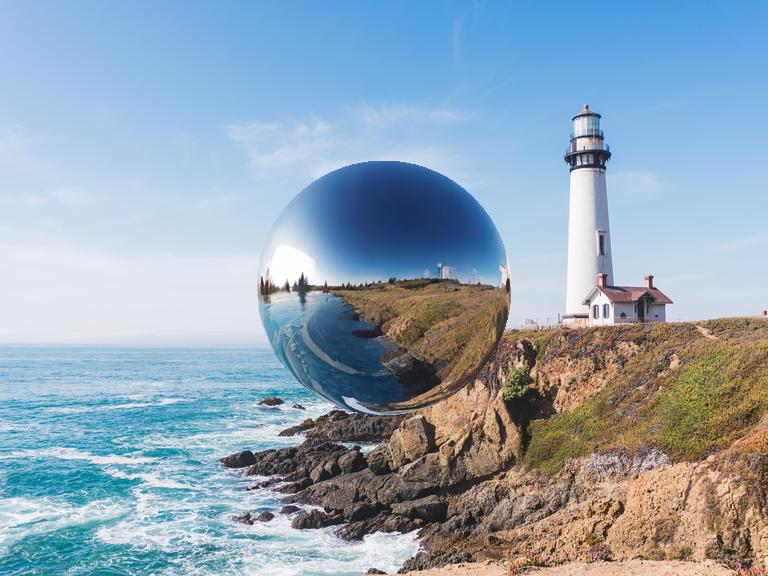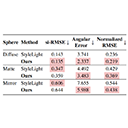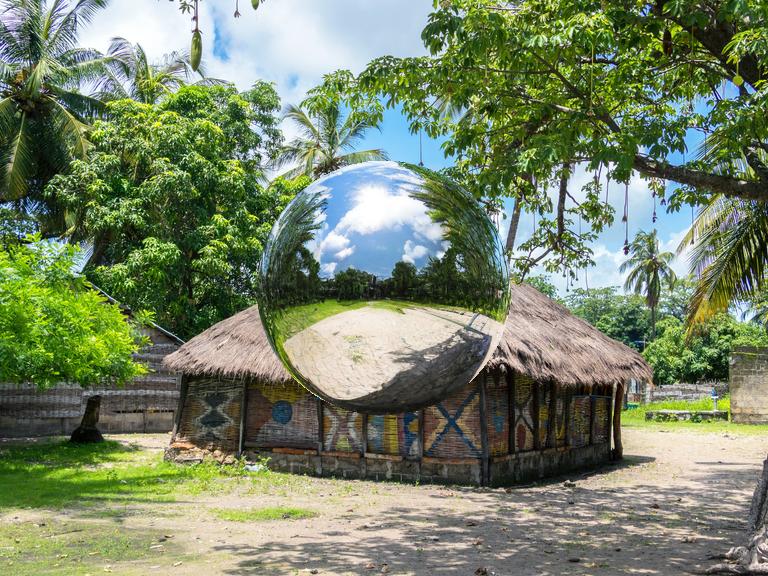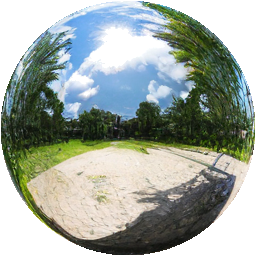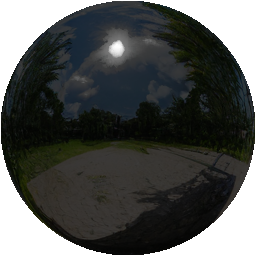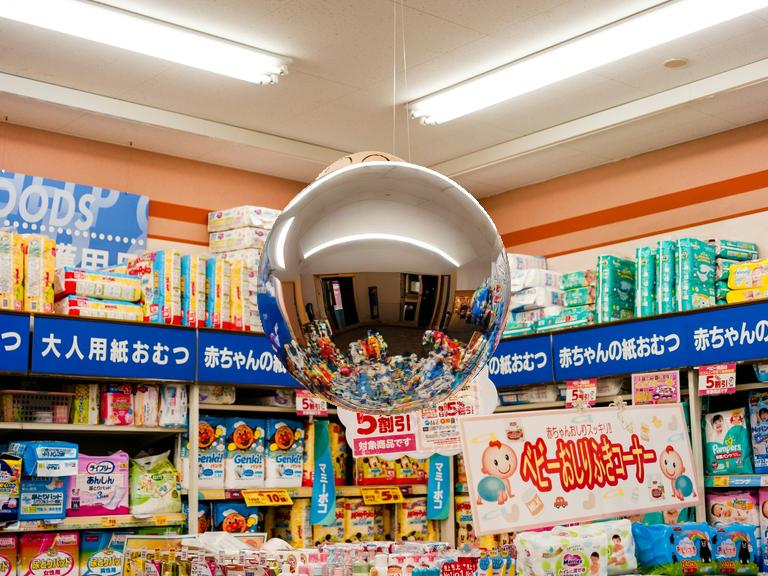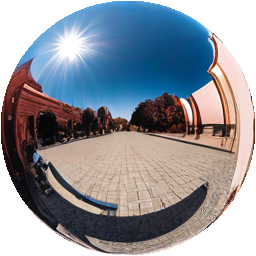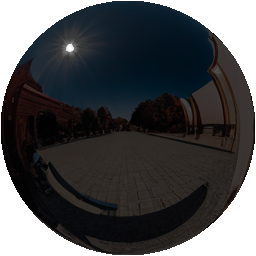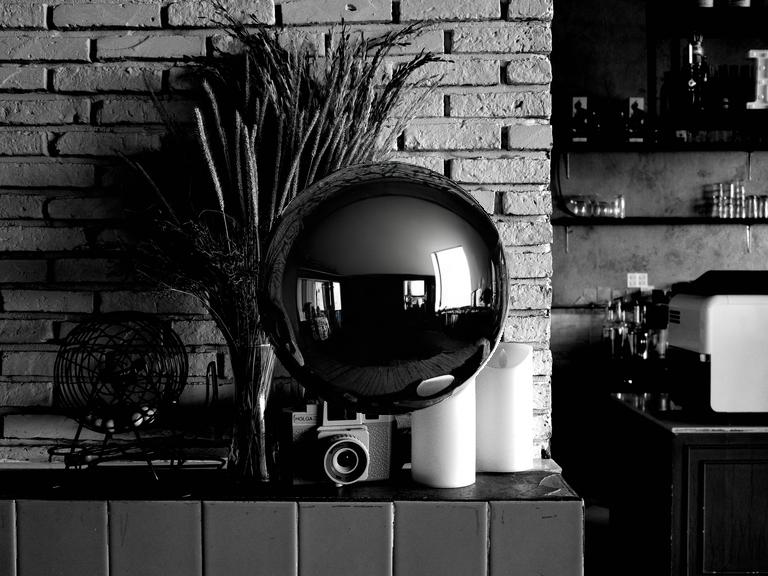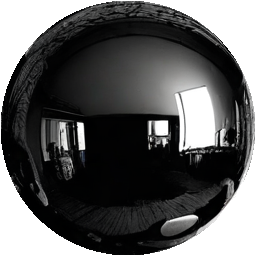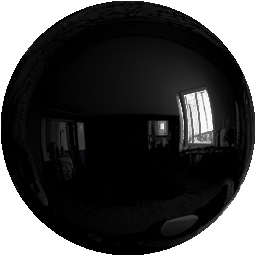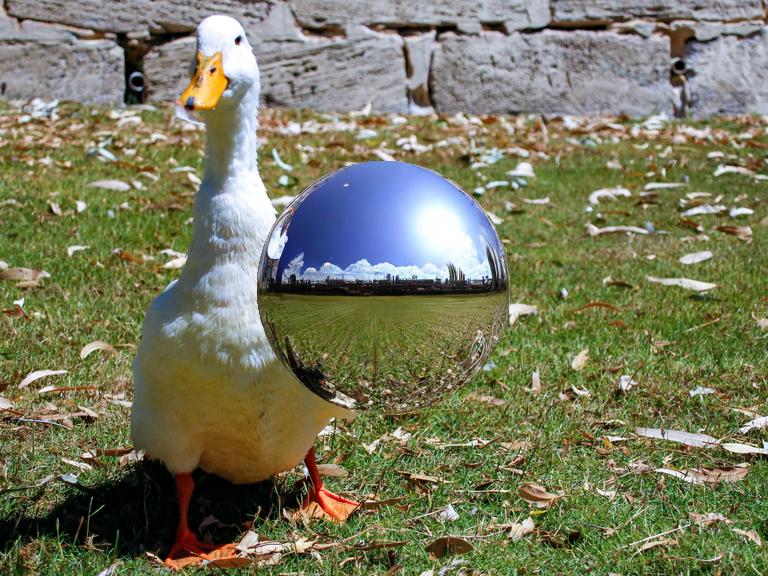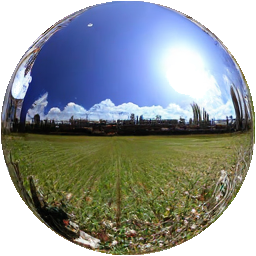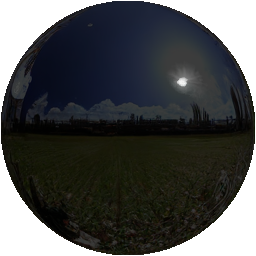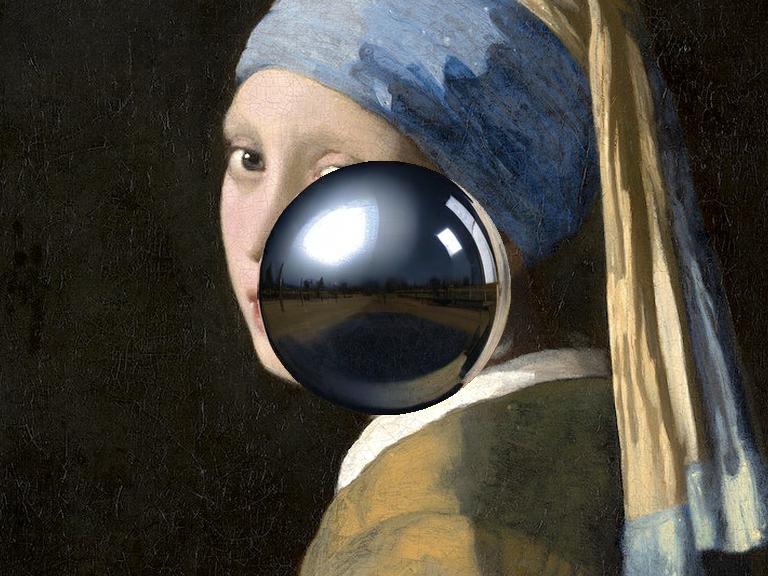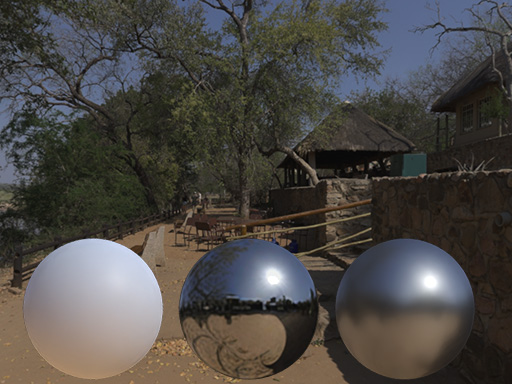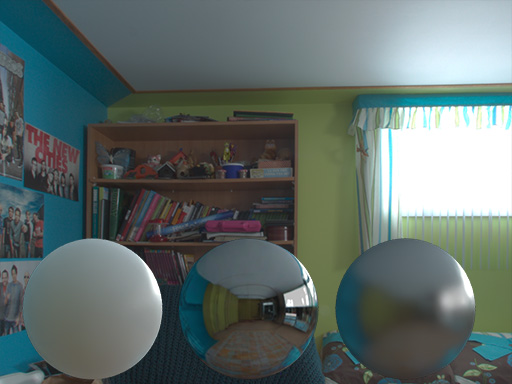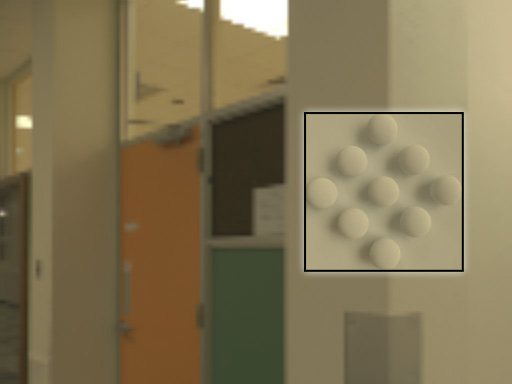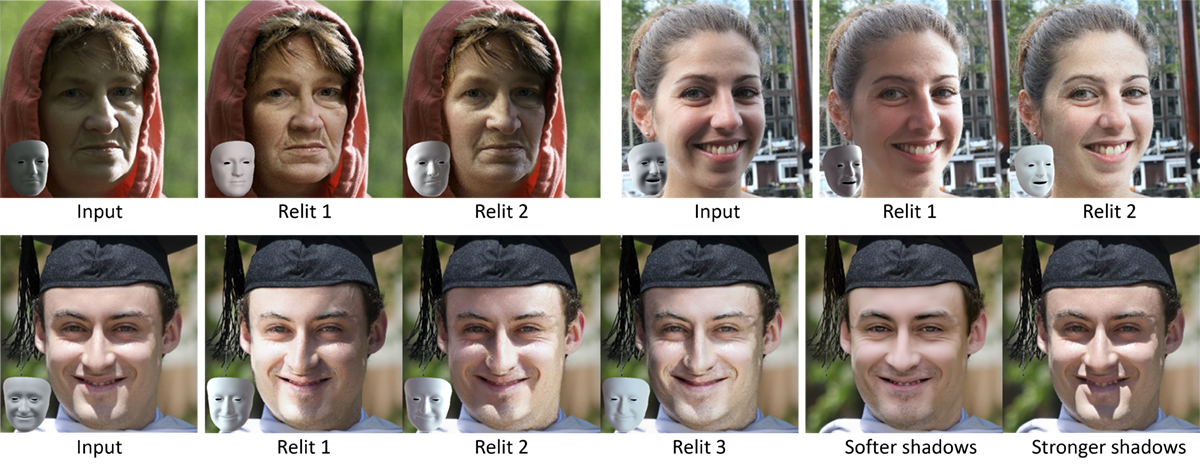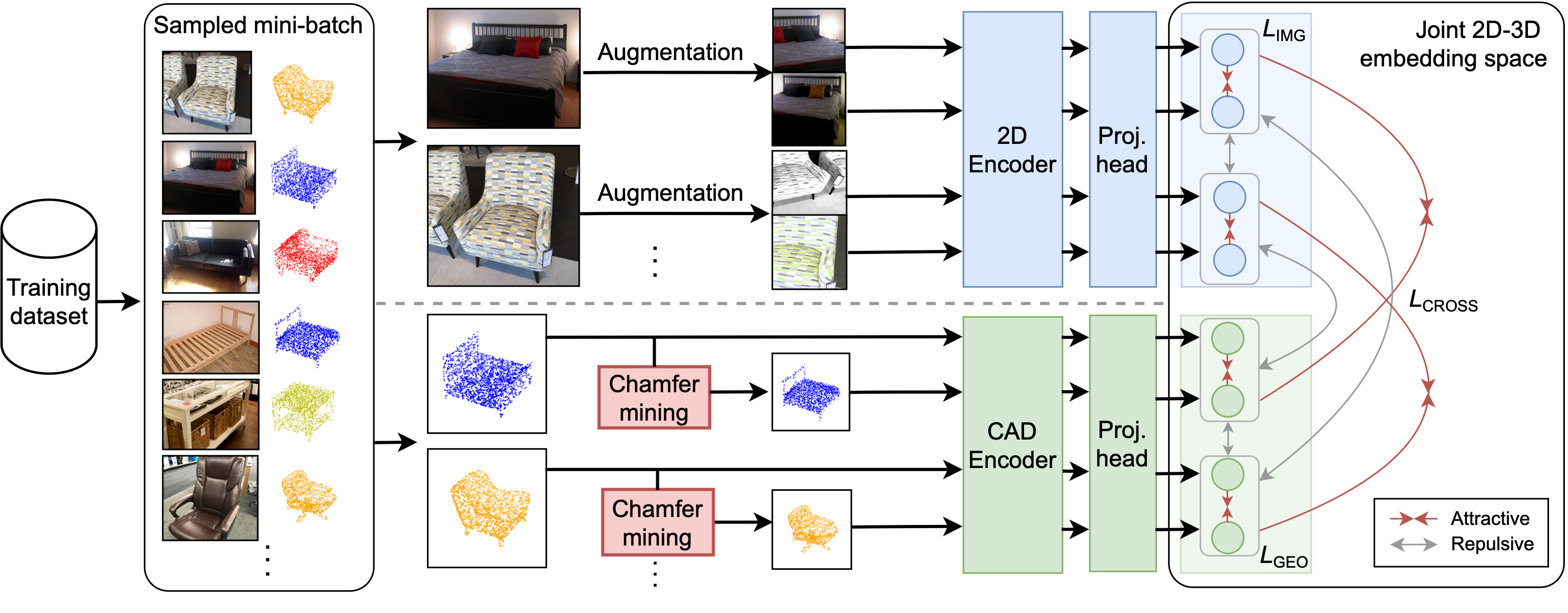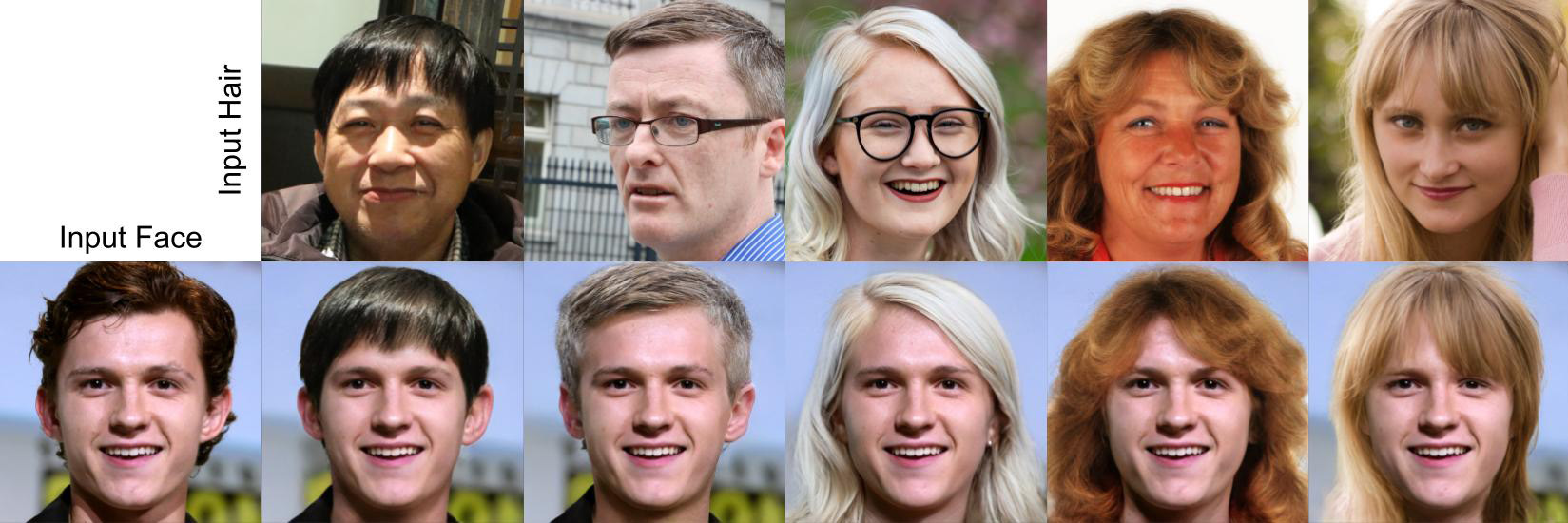 (a) We use Stable Diffusion XL with depth-conditioned ControlNet to inpaint a chrome ball. The input image, its depthmap with a white circle, and the mask are fed to the diffusion model with the prompt "a perfect mirrored reflective chrome ball sphere". (b) Our iterative inpainting algorithm helps improve generation quality and consistency by constraining the initial noise through sample averaging. (c) We train LoRA for exposure bracketing, which produces multiple LDR chrome balls with varying exposures for HDR merging.
(a) We use Stable Diffusion XL with depth-conditioned ControlNet to inpaint a chrome ball. The input image, its depthmap with a white circle, and the mask are fed to the diffusion model with the prompt "a perfect mirrored reflective chrome ball sphere". (b) Our iterative inpainting algorithm helps improve generation quality and consistency by constraining the initial noise through sample averaging. (c) We train LoRA for exposure bracketing, which produces multiple LDR chrome balls with varying exposures for HDR merging.


